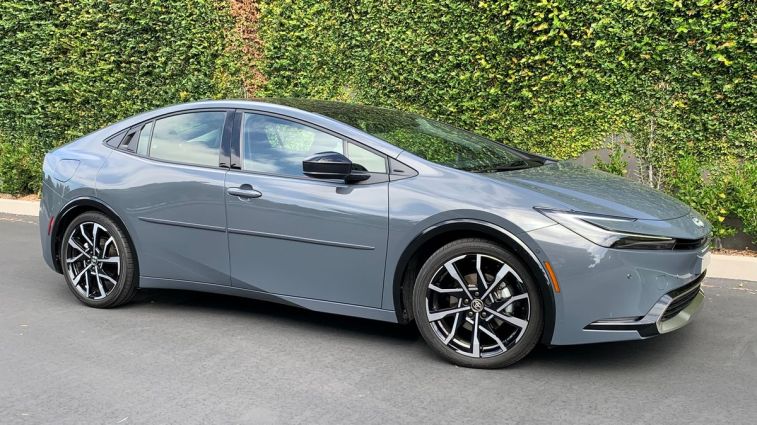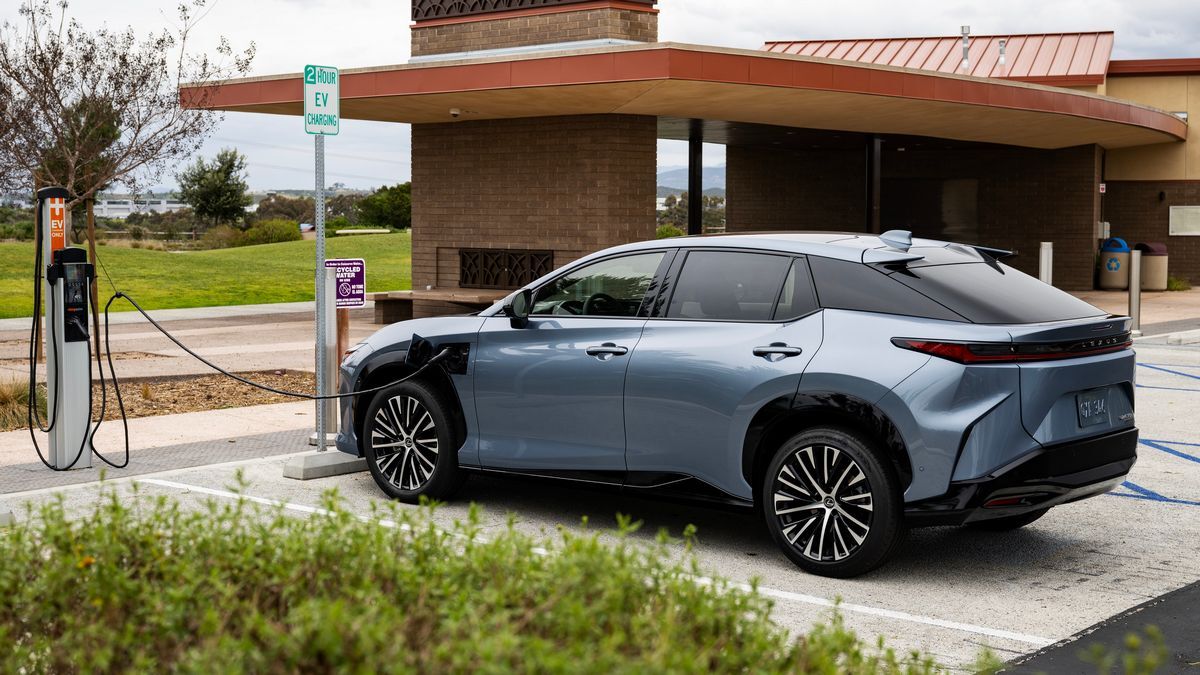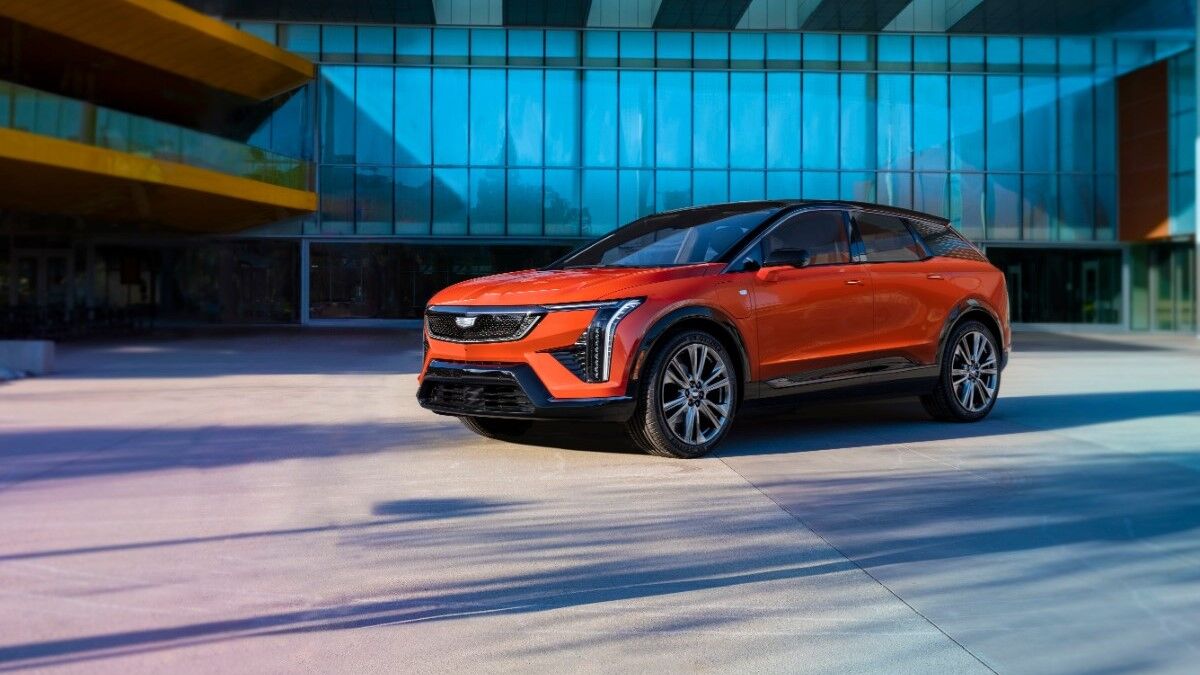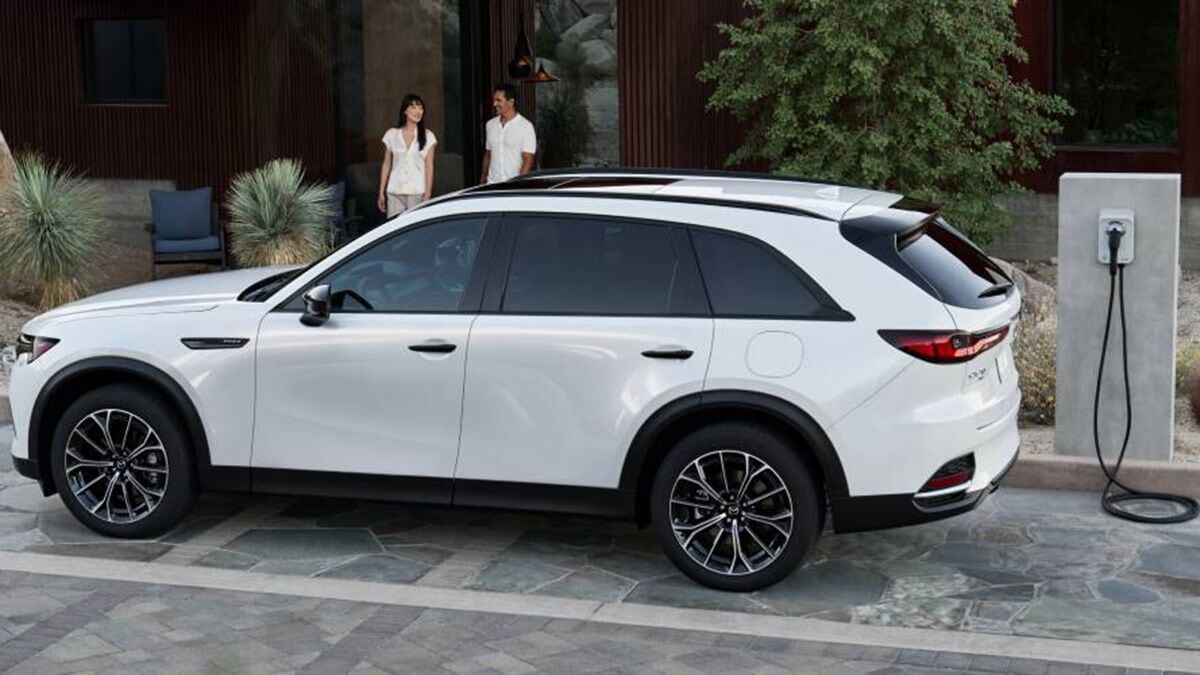
Yes. Meet the hybrid car. Again.
A new report says that, as automakers push electrification, America’s interest in the halfway step of hybrid cars will surge.
A 3-Part Market In 5 Years
A new report from S&P Global Mobility predicts that the U.S. auto market will be divided into three significant segments within five years.
Today, Reuters explains, “Hybrids will account for just 7% of U.S. sales this year, and pure electrics 9%, with internal combustion engine (ICE) vehicles taking more than 80%.”
But by 2028, S&P predicts, hybrids will make up 24% of sales. “Sales of pure electrics will claim about 37%, leaving combustion vehicles — including so-called “mild” hybrids — with a nearly 40% share.”
The logic, for shoppers, is easy to follow.
Going Green Without Charging Problems
Electric vehicles (EVs) promise emissions-free driving at a time when the news is full of stories about climate change. And their costs are coming down — about 20% cheaper, on average, than a year ago.
But the EV sales story is more complicated than a simple upward trajectory. Americans are on pace to buy more than a million EVs for the first time this year. But manufacturers seem to have overbuilt, with some models building up an unsold backlog.
Some EV owners are growing disillusioned, particularly with the piecemeal nature of America’s charging infrastructure.
Industry analysts increasingly say the era of early adopters is over. That doesn’t mean adoption will end. But millions of shoppers will look at the challenges of EV ownership and decide not to jump in yet.
Many, however, will still want to feel good about their environmental impact. That’s where hybrids and plug-in hybrids (PHEVs) come in.
PHEVs are hybrids that can charge from a wall outlet and drive a limited distance — usually between 20 and 30 miles — on electric power alone before using gasoline to go further. Owning a PHEV is like having an electric car for commuting and errands and a gas-powered car for road trips, though it also means owning two powertrains with more failure points than one.
For many, S&P predicts, hybrids will prove the sweet spot, letting buyers green their transportation dollars but insulate themselves from charging infrastructure problems.
“With the tightening of emissions requirements, hybrids provide a cleaner fleet without requiring buyers to take the leap into pure electrics,” Sam Fiorani, vice president at AutoForecast Solutions, told Reuters.
Some Automakers Ready; Others Far From It
Some automakers, however, are better positioned than others to take advantage of the tripartite market. Toyota has taken heat from analysts and activist investors for its slow rollout of electric cars but remains the clear leader in hybrid sales.
Last quarter, Ford CEO Jim Farley told investors that Ford expects its hybrid sales to quadruple over the next five years.
General Motors, meanwhile, has all but given up on the hybrid market. The company has no hybrid models on dealer lots today and just one planned – a high-performance version of the low-volume Corvette sports car.







